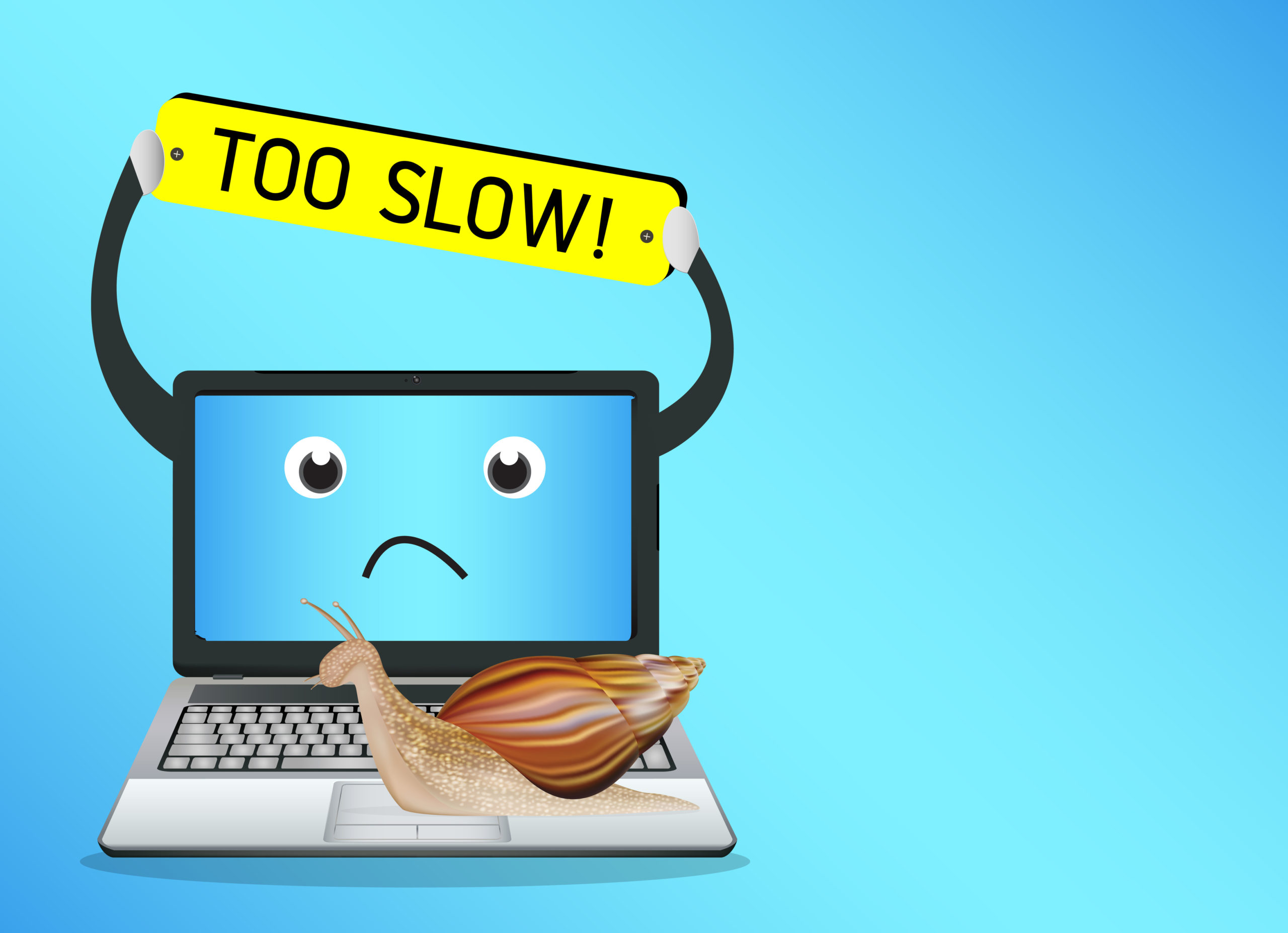By now, most of us are no strangers to terms like “zero-day vulnerability” or “security patch.” These aren’t merely buzzwords. They carry weight, especially in a world increasingly reliant on digital platforms.
Recently, a critical security flaw was uncovered, originally attributed to Google Chrome. It turns out, however, that the problem runs much deeper, affecting not just Chrome but virtually every web browser in existence! Let’s explore this further.
What’s a Vulnerability and What Are CVEs?
In the simplest terms, a vulnerability is a gap or weakness in a system’s security measures that could potentially be exploited by malicious actors. It’s akin to a burglar eyeing an unlocked window in an otherwise secure home.
Now, the term CVE may sound like alphabet soup, but it’s an acronym for Common Vulnerabilities and Exposures. These are unique identifiers given to publicly disclosed security gaps. Think of CVEs as the “stock tickers” of cybersecurity.
They help professionals to quickly identify and discuss vulnerabilities in a standardized way, which in turn facilitates the swift sharing of critical information across databases and platforms. You could say they’re the glue that holds the cybersecurity community’s collective knowledge together.
A Historic Security Gap
So what specifically is the WebP vulnerability and why is it such a big deal? Simply put, this is not your everyday vulnerability. Tagged under the identifier CVE-2023-5129, this particular issue has rattled even the most seasoned cybersecurity experts. What sets it apart is its staggering reach and potential for damage. Simply put, it can affect anybody that uses any website or software with images, which is almost all of them!
It’s not merely a small crack in the wall but more of a seismic fault line threatening to shake the very foundations of digital security. If vulnerabilities had a hall of fame, this one would be front and center.
Who’s At Risk? Maybe Your Favorite Apps
The full extent of this vulnerability’s impact is still not completely known, adding a layer of urgency to the situation. We don’t have a complete list, but it’s safe to assume that the range of affected products is large. It’s not just your standard-issue web browsers like Safari, Firefox, or Microsoft Edge that are involved.
If you’re a user of popular apps such as 1Password or Signal, you might want to sit up and take note. These apps could also be susceptible, making this vulnerability a potentially widespread issue that could touch various aspects of our digital lives.
What Is WebP, and Why Should I Care?
Developed by Google, WebP is an image format engineered for the web. Its unique selling point is its ability to compress images without any substantial loss in quality. This may sound technical, but in layman’s terms, it’s what makes websites look good without draining your data plan or your device’s processing power.
As a result, WebP has been widely adopted, making its rounds across various platforms and applications. Unfortunately, its ubiquity also means that this vulnerability has the potential to disrupt a vast array of services and platforms. It’s not just a needle in a haystack; it’s a needle that’s found its way into multiple haystacks.
Stay Updated or Risk Being Outdated
In light of this colossal vulnerability, one takeaway looms larger than the rest: the absolute necessity of keeping your software updated with the latest patches as soon as they become available. Anything less than that, and you’re rolling the dice with your data security.
The risk isn’t theoretical; it’s immediate and palpable. Not updating in a timely manner makes you a sitting duck for attackers who are all too willing to exploit outdated systems. So mark your calendars, set your reminders, and make updating a part of your routine. Your data’s safety depends on it.
The PC Matic Approach: Allowlisting—Your Virtual Security Guard
Enter PC Matic and its real-time security technology, SuperShield Whitelisting. Unlike traditional security solutions like Norton, McAfee, and Webroot, which use a blacklist approach, PC Matic utilizes a global application allowlist. While blacklist-based software only blocks known threats, allowlisting stops any software not verified as safe.
In the case of the WebP vulnerability, this means the malicious code would be stopped in its tracks before it could wreak havoc on your system. It’s like having a security guard who not only knows all the usual suspects but also doesn’t let in anyone who’s not on the VIP list.
Allowlisting Is the Future
Allowlisting isn’t just a trendy term in cybersecurity. It’s becoming an industry standard. Even the United States government and cybersecurity experts advocate for its use. Unlike traditional blacklist methods, allowlisting is agile and prepared for the ever-changing threat landscape.
Vigilance and the Right Tools are Key
The WebP vulnerability serves as a stark reminder that security loopholes can appear where we least expect them—even in something as seemingly innocuous as an image format. Being vigilant about updates and using a security approach like PC Matic’s allowlisting can make all the difference in safeguarding your digital world.
So if you’re still pondering whether to update your software or considering which security solution to choose, let this be your wake-up call. With the right tools and a bit of attention to detail, you can navigate this digital landscape with a little more peace of mind.




